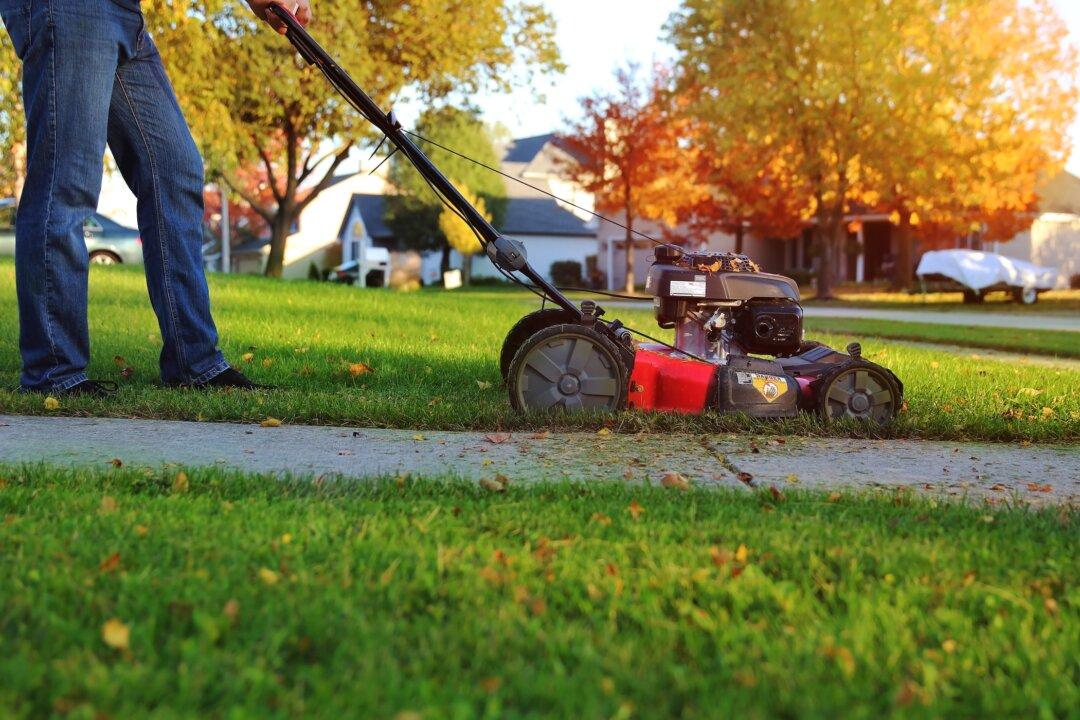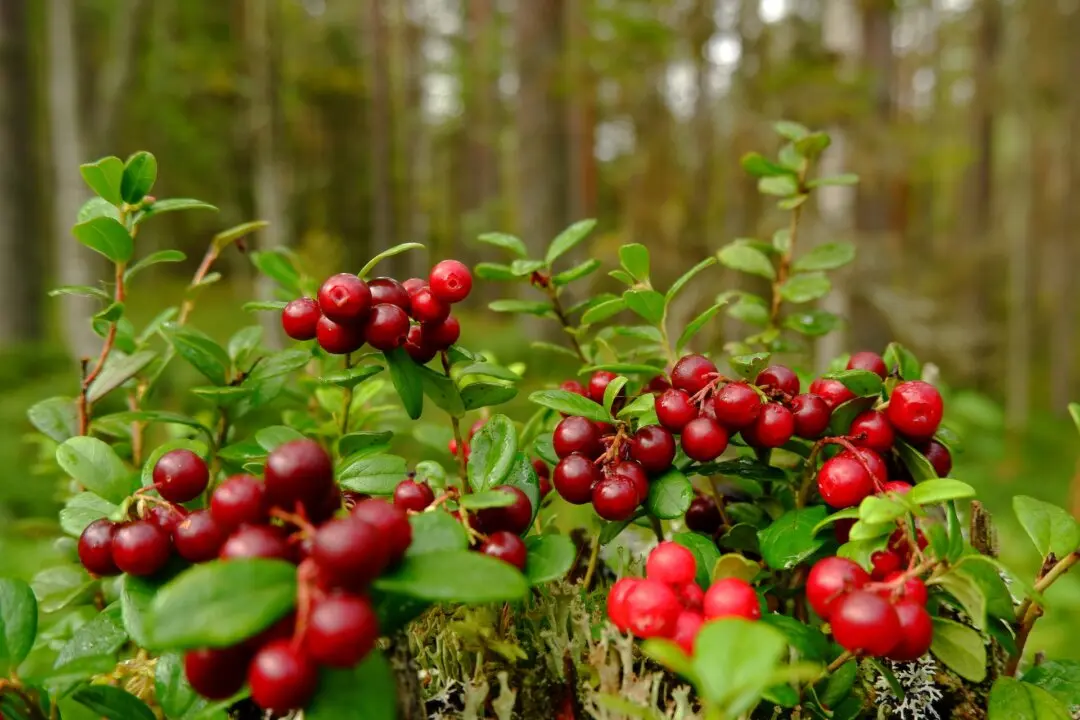Q: My landscaper told me a couple of things that I don’t understand. I think he is just trying to make some money. Is this a good time to fertilize a bluegrass lawn? Is this a good time to apply weed controls in the lawn or flower bed? How low should my lawn be mowed at the end of the year?
A: Your landscaper might be right if he is using the right fertilizer and applying it at the right time. A late fall fertilization of water-soluble nitrogen (not slow release) is good for northern lawn grasses. This could be October or November, depending on how far north you are. If the grass is still green, it is photosynthesizing, and the food produced will be stored in the crown and roots of the plant. The fertilizer will boost the food production.





